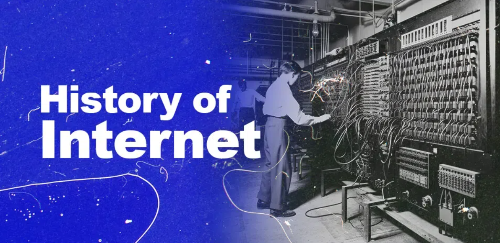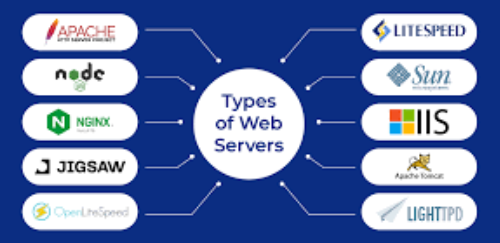3. Foundations of Modern Networking
As computer networks become increasingly central to communication, commerce, and services, understanding the foundational principles behind network protocols, addressing,
and data transport is essential. This paper examines four interrelated domains: (1) connection-oriented versus connectionless protocols, (2) comparative models of
networking (TCP/IP and OSI), (3) the contrast between IPv4 and IPv6, and (4) network ports and their significance. Through detailed analysis, we show how connection models
(TCP vs UDP) reflect trade-offs in reliability, latency, and overhead; how the OSI and TCP/IP models provide different lenses for interpreting protocol stacks; how IPv6
addresses limitations of IPv4 while introducing its own transition challenges; and how ports bind services to endpoints reliably. A comparative discussion integrates these topics
to illustrate how, in modern networks, protocols, models, addressing, and port assignments cooperate to enable scalable, robust communication. The paper concludes by
emphasizing the value of mastering these fundamentals in designing, troubleshooting, and evolving networked systems.
Download Document



